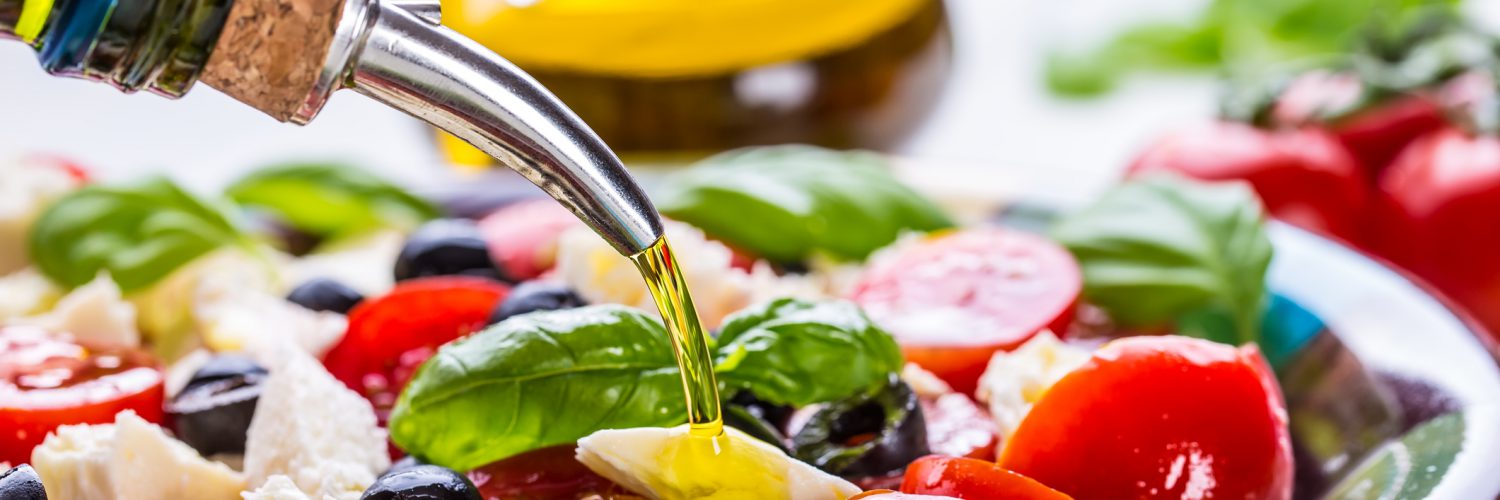You don’t have to compromise on taste to eat for a healthy heart. Experiment with tasty—and healthy—swaps like herbs, spices, fruit and oils, and explore different cooking methods to make your everyday dishes extra delicious while reducing sodium, fat and calories. Try these healthier ways to flavor your food.
Sugar swaps
- When baking or cooking with sugar, only use half of what the recipe calls for; otherwise, use fruit or try spices like ginger, nutmeg or cinnamon.
- Try swapping a cup of smashed blueberries or pomegranate juice for a cup of sugar in your next cupcake, cake or cookie recipe.
- Cinnamon, ginger, nutmeg and cardamom can be a tasty way to reduce sugar in your oatmeal, tea or coffee.
Use salt-free herbs and spices or citrus fruits to season your foods
- Try spices on their own like cumin, garlic, ginger, oregano, rosemary, turmeric, coriander, basil, parsley, cinnamon, mint, nutmeg and cardamom
- Make your own spice blends, or try some of examples below:
- Zest the peel of lemons, limes or oranges to increase the flavor in any recipe, marinade or homemade salad dressing.
Cook and flavor with heart-healthy oils
- Rather than reaching for the butter, shortening or margarine next time you cook or bake, consider some of these oils:
- Canola oil – Good for baking, searing, salad dressings, or greasing pans for low-temperature cooking
- Olive oil – The standard oil, good for roasting meats, baking, sautés and frying
- Sesame oil – Great for stir-frying, low-temperature baking, sauces and foods with an Asian-inspired taste
- Avocado oil – All-purpose cooking, browning, roasting meats, stir-fries, and can be a good addition to salad dressing
- Peanut oil – Good for cooking fish, sautés, stir-fries, Asian dishes
- Flaxseed oil – Not recommended for cooking, but good in dressings, dips and sauces.
- Try avocado rather than butter or oil in baked goods for unique texture and more moistness
- Swap applesauce for butter in baked goods for an extra moist treat
How you prepare food can also affect the way that food tastes and whether or not it is heart-healthy!
- Remove excess fat and skin from meats prior to cooking.
- Try some of these healthier methods of cooking:
- Roasting meats helps to reduce fat content. Using a pan and oven-safe rack allows you to dispose of the fat that burns off while cooking.
- Grilling is similar to roasting, as much of the fat will cook out of the meat and burn off from the grill.
- Poaching uses a liquid such as water, broth, lemon juice, or wine to slowly simmer foods until they are cooked. You can poach chicken, fish, eggs and even fruit.
- Broiling also keeps the meat from cooking in its own fat by using a broiling pan. This method also reduces fat content.
- Sautéing food in minimal amounts of heart-healthy oil aids in browning and crispiness without submerging the food in oil, as with fried foods.
- Steaming can be a good way to cook vegetables to help them maintain their flavor and nutrition.
- Baking meat, vegetables and fruit can aid in cooking without adding additional fat.
- Don’t forget to drain fat from cooked meats prior to serving, especially ground beef.
And the grand finale—avoid the temptation to salt your foods after they’re prepared! While most salt that people consume is added during cooking, leaving the salt shaker off the table can further boost your heart-healthy goals.



